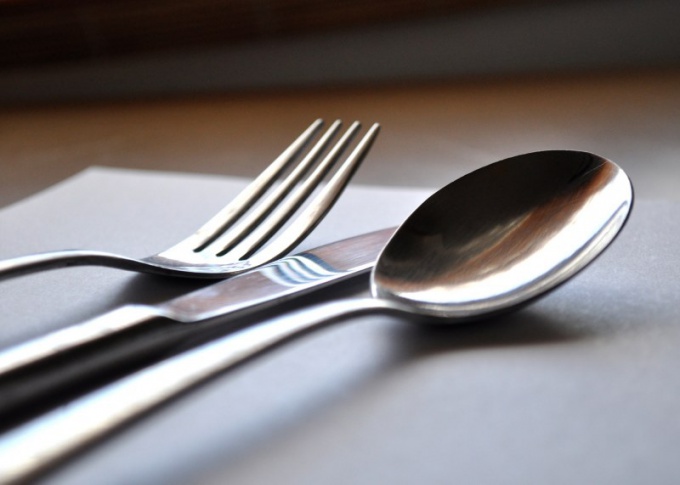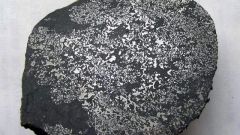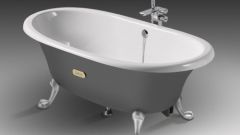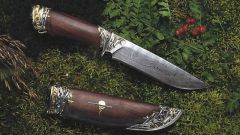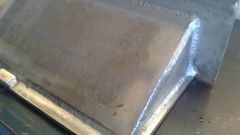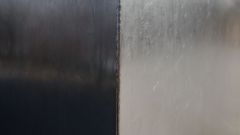You will need
- - magnet;
- - the solution of alkali (sodium hydroxide or potassium);
- - concentrated nitric acid;
- - chemical utensils;
- laboratory pipette;
- - vinegar;
- soda;
- - the file;
- - solvent;
- - rags.
Instruction
1
Any steel is an iron alloy. In order to determine whether the composition of the material the iron, use a permanent magnet. It is made of iron alloy subject the magnet sticks. If this does not happen, the thing is made of some other material. Externally, the stainless steel looks like titanium, but may be an alloy of aluminum. To distinguish from stainless steel from Titan, you can still and weight, it is much harder.
2
Perform the reaction with alkali. If you are dealing with steel filings, then pour the lye into the vial, and then down a little sawdust. The steel sheet or the dishes drip a little alkali with a pipette. Stainless steel, unlike aluminum alloys with alkali does not react. On the surface of ordinary steel formed brown rusty spots of the hydroxide of iron. The pipette it is necessary to take a lab, which is a glass tube, which upper open end is clamped finger. Medical pipette is not suitable because the acid or alkali corrode the rubber.
3
Experiment with acid. The reaction guide is exactly the same as lye. It is best to take a concentrated nitric or sulfuric acid. Ordinary steel in step with the active acid in the reaction with evolution of hydrogen. Stainless steel with this group of substances does not react, because it contains alloying additive. They are inhibitors of this reaction. As such additives are used chromium, vanadium, and other substances.
4
If you have a large piece of metal, there is a need to ensure that it is all made of stainless steel and not just coated. With a file or emery paper will clean the area, removing the top layer of metal. Thereafter, carry out the reaction with acid and with alkali.
Note
The surface of the metal before carrying out chemical reactions must be decontaminated and degreased. Degrease can be benzene, toluene, acetone, white spirit.
Reaction with alkali and acid has to be applied on different parts of the sheet metal. Otherwise, these substances neutralize each other.
Concentrated nitric acid and alkalis are corrosive substances, so work with them carefully. Chemical utensils should be clean and the stuff should not get on skin or clothing.
Reaction with alkali and acid has to be applied on different parts of the sheet metal. Otherwise, these substances neutralize each other.
Concentrated nitric acid and alkalis are corrosive substances, so work with them carefully. Chemical utensils should be clean and the stuff should not get on skin or clothing.
Useful advice
After experimenting a stain of acid on metal must be neutralized. This is best done with the help of baking soda. Just pour the place that dripped acid.
Lye perfectly neutralized vinegar. You can use diluted vinegar. Likewise, he interacts with alkalis like vinegar essence, but much more secure.
Lye perfectly neutralized vinegar. You can use diluted vinegar. Likewise, he interacts with alkalis like vinegar essence, but much more secure.
